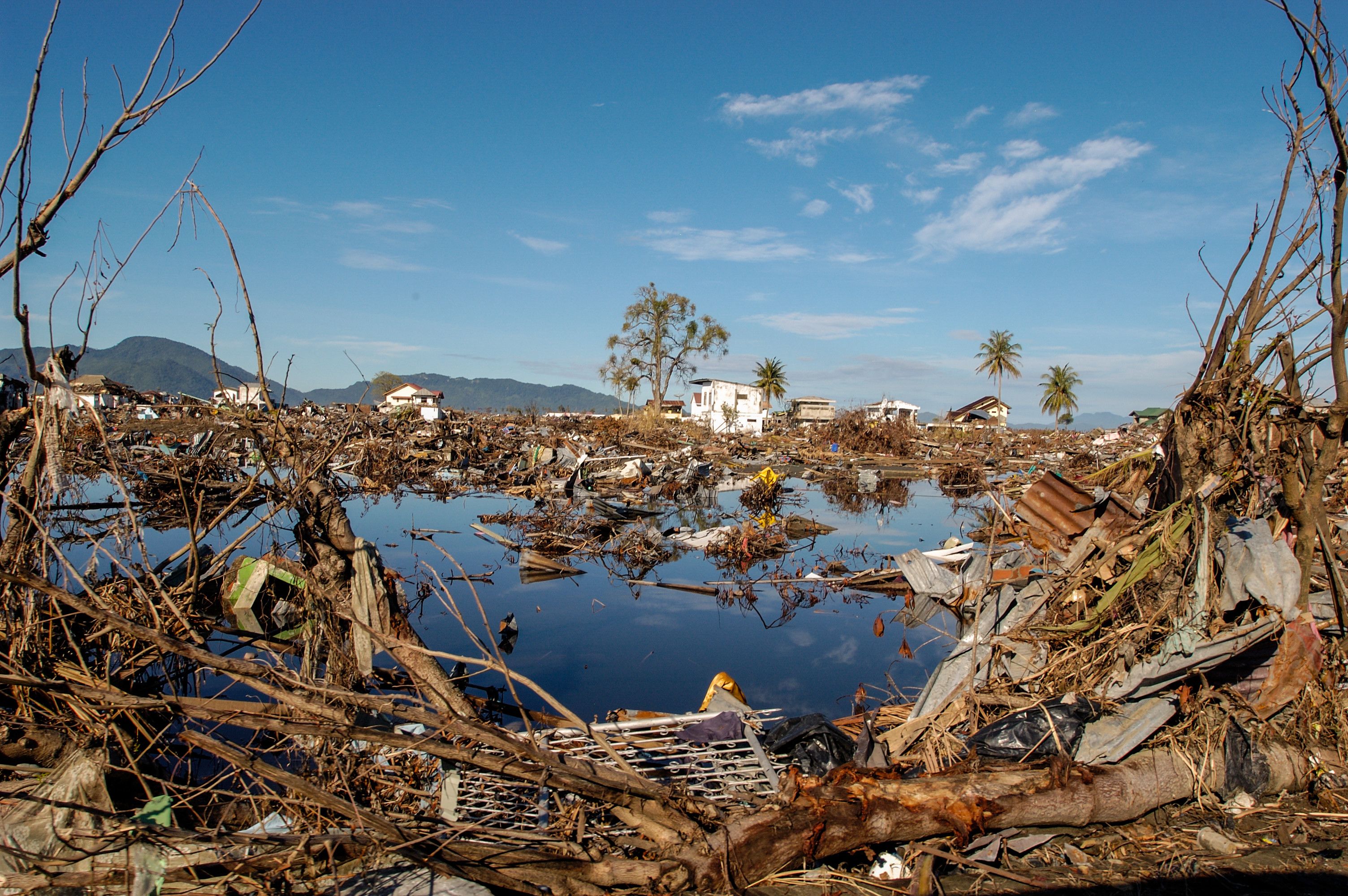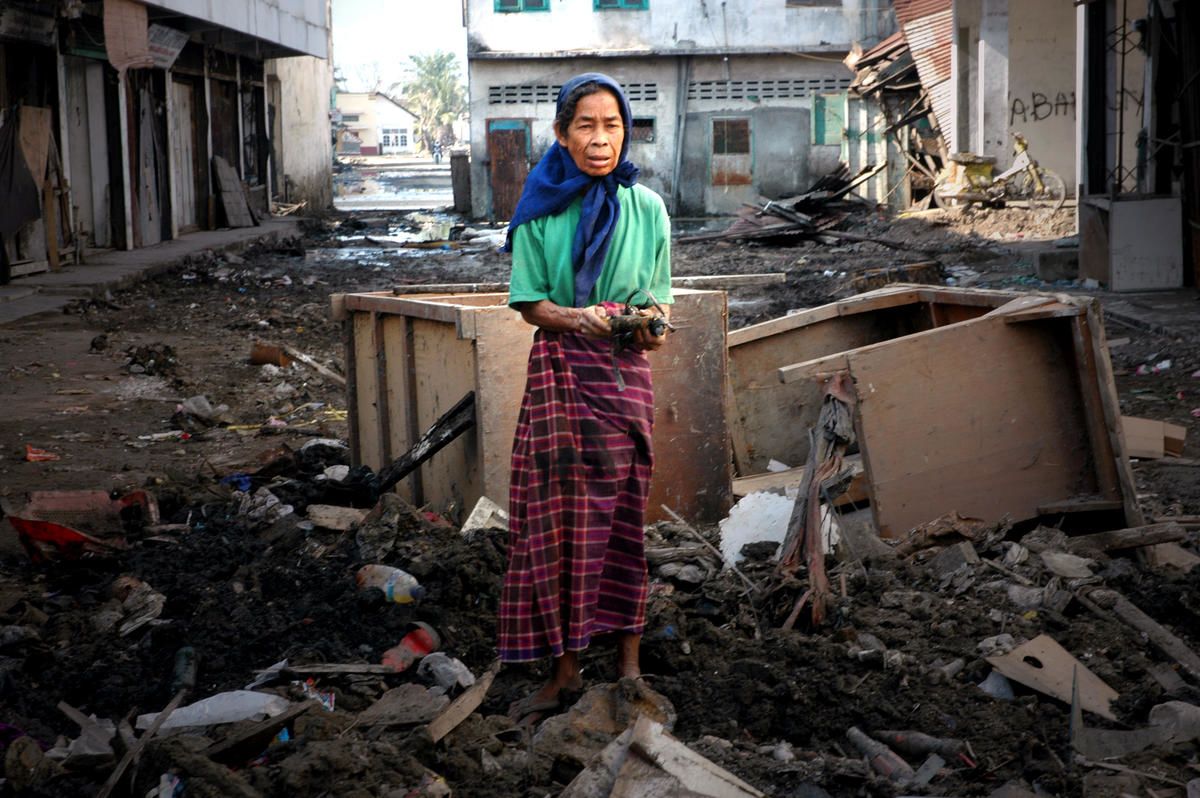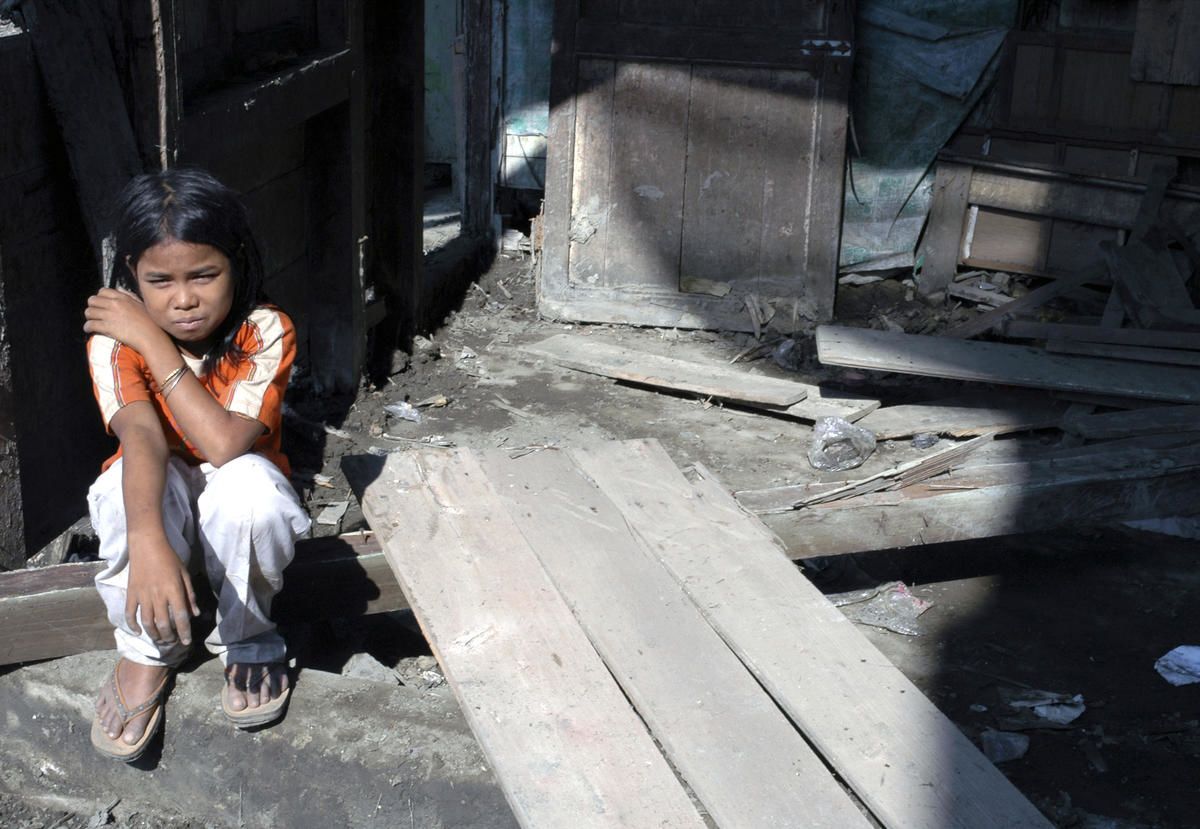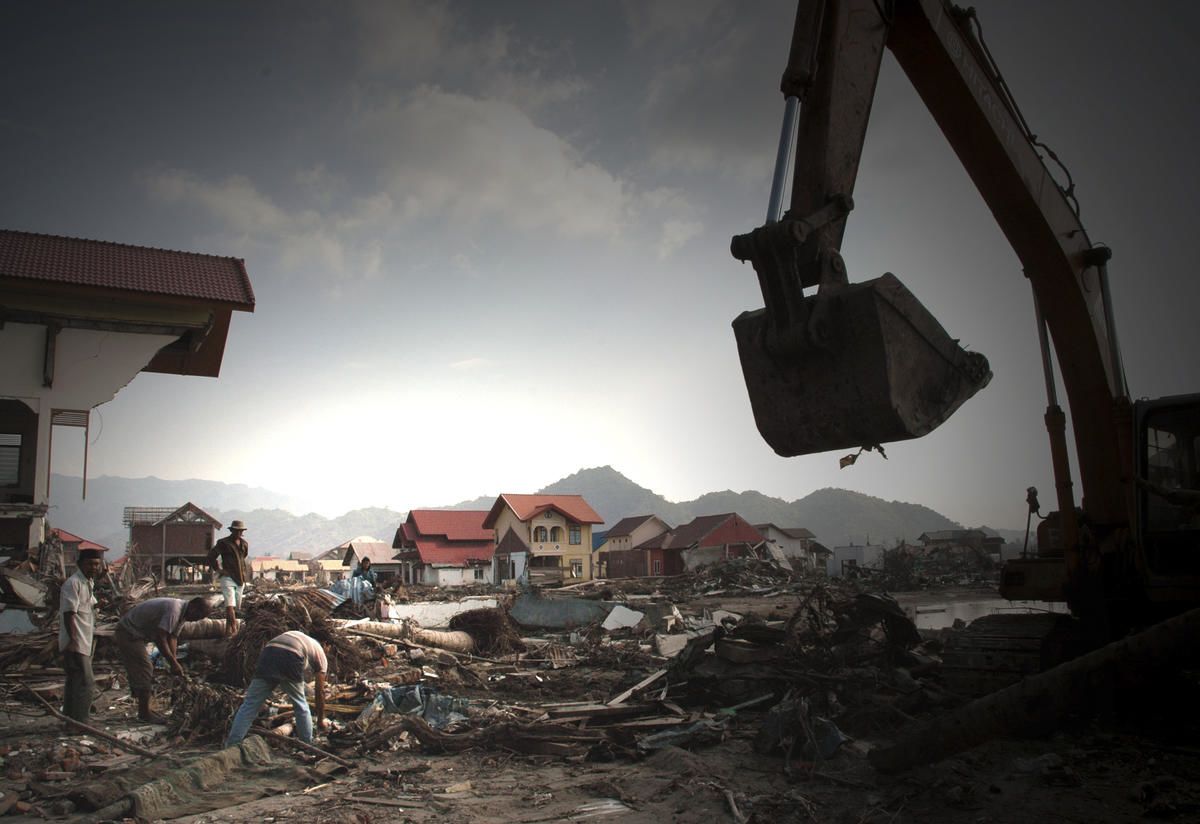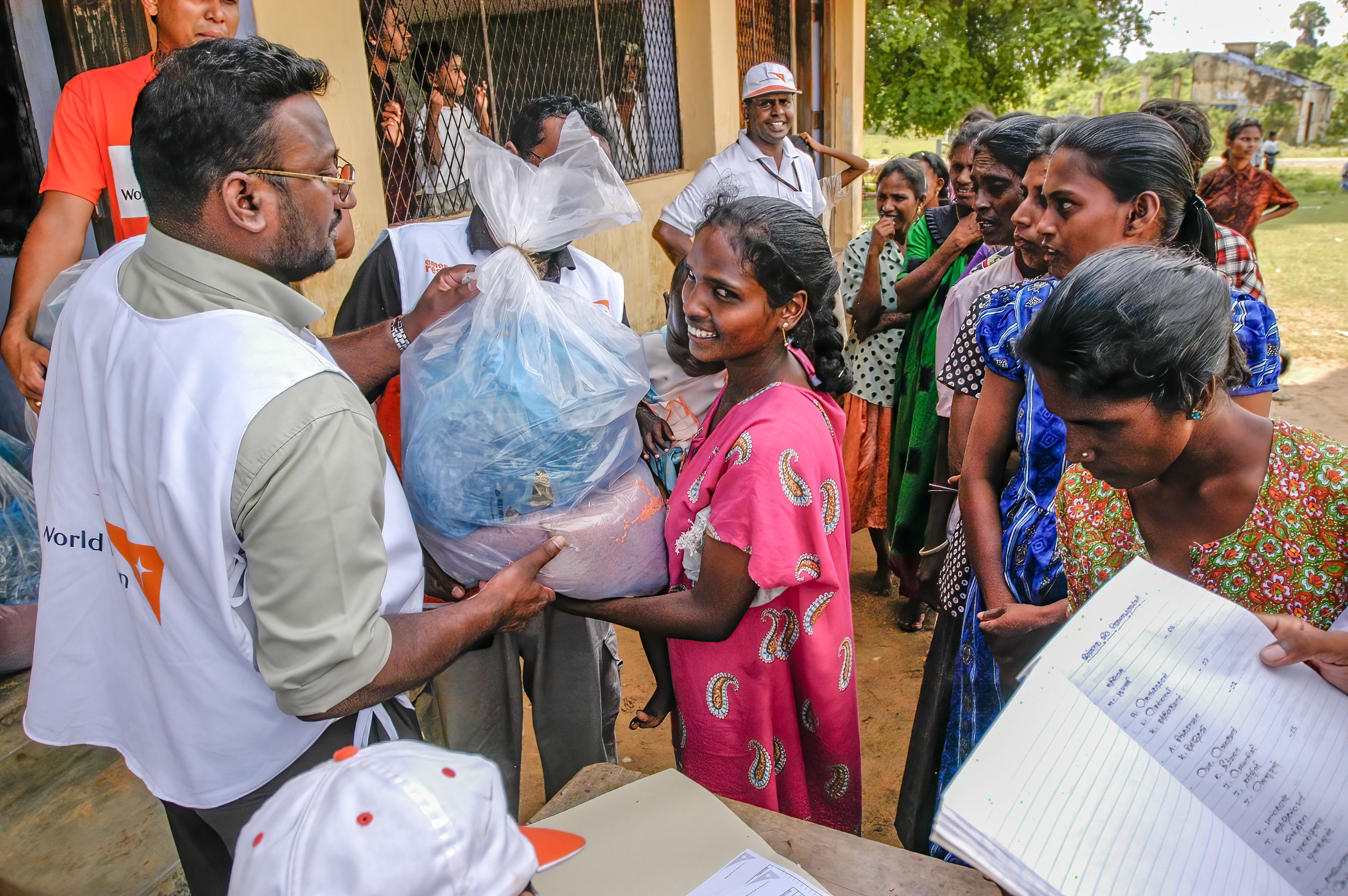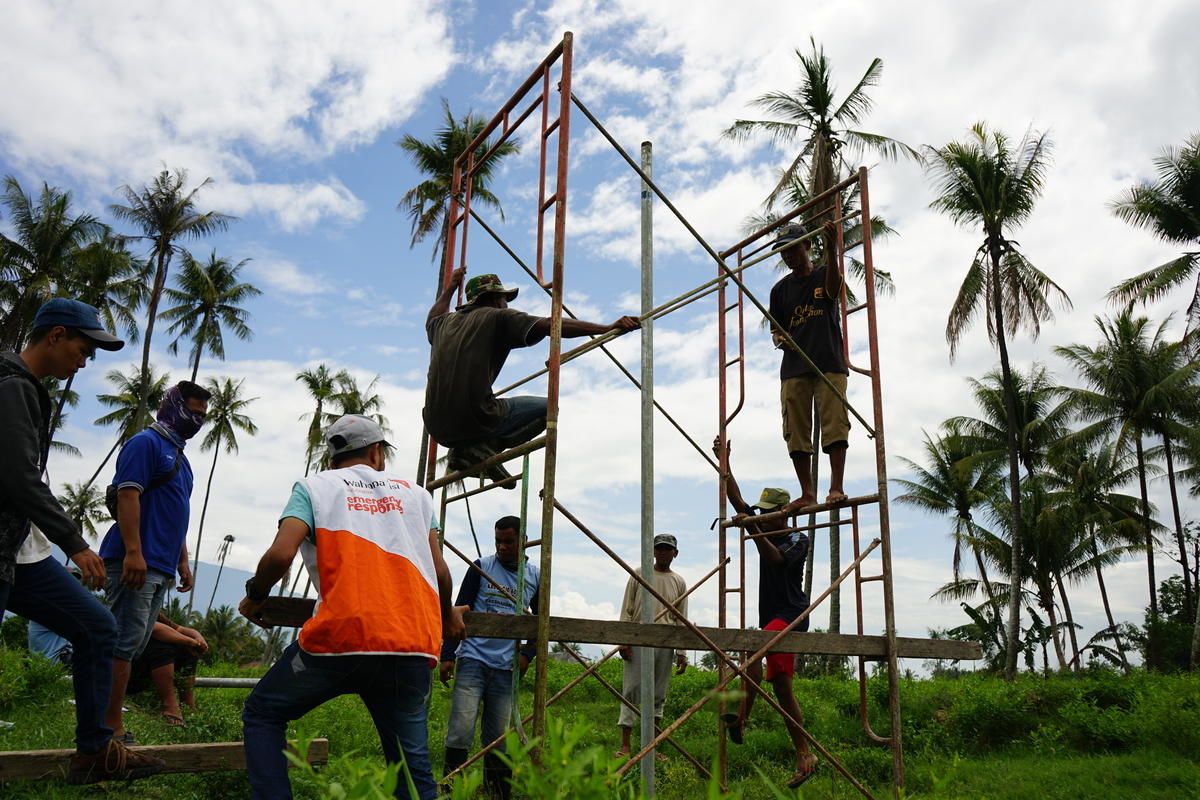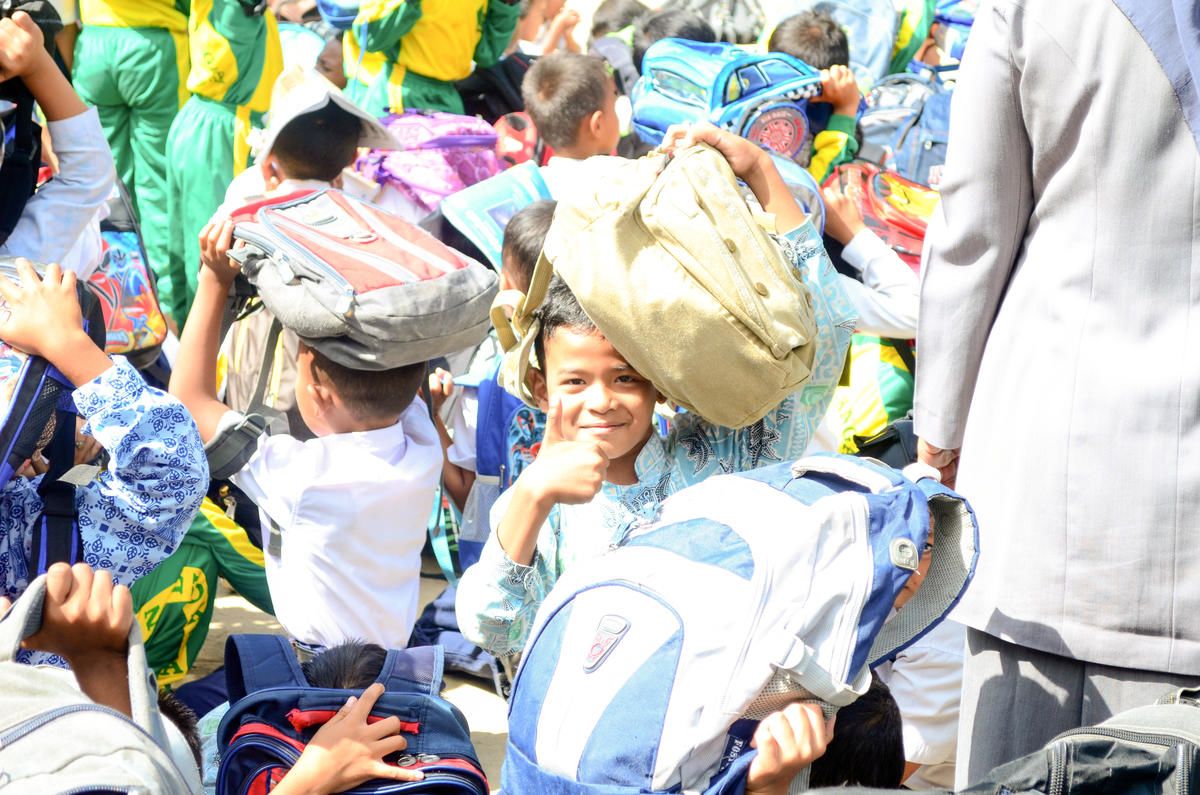From destruction to hope
20 years after the Indian Ocean tsunami
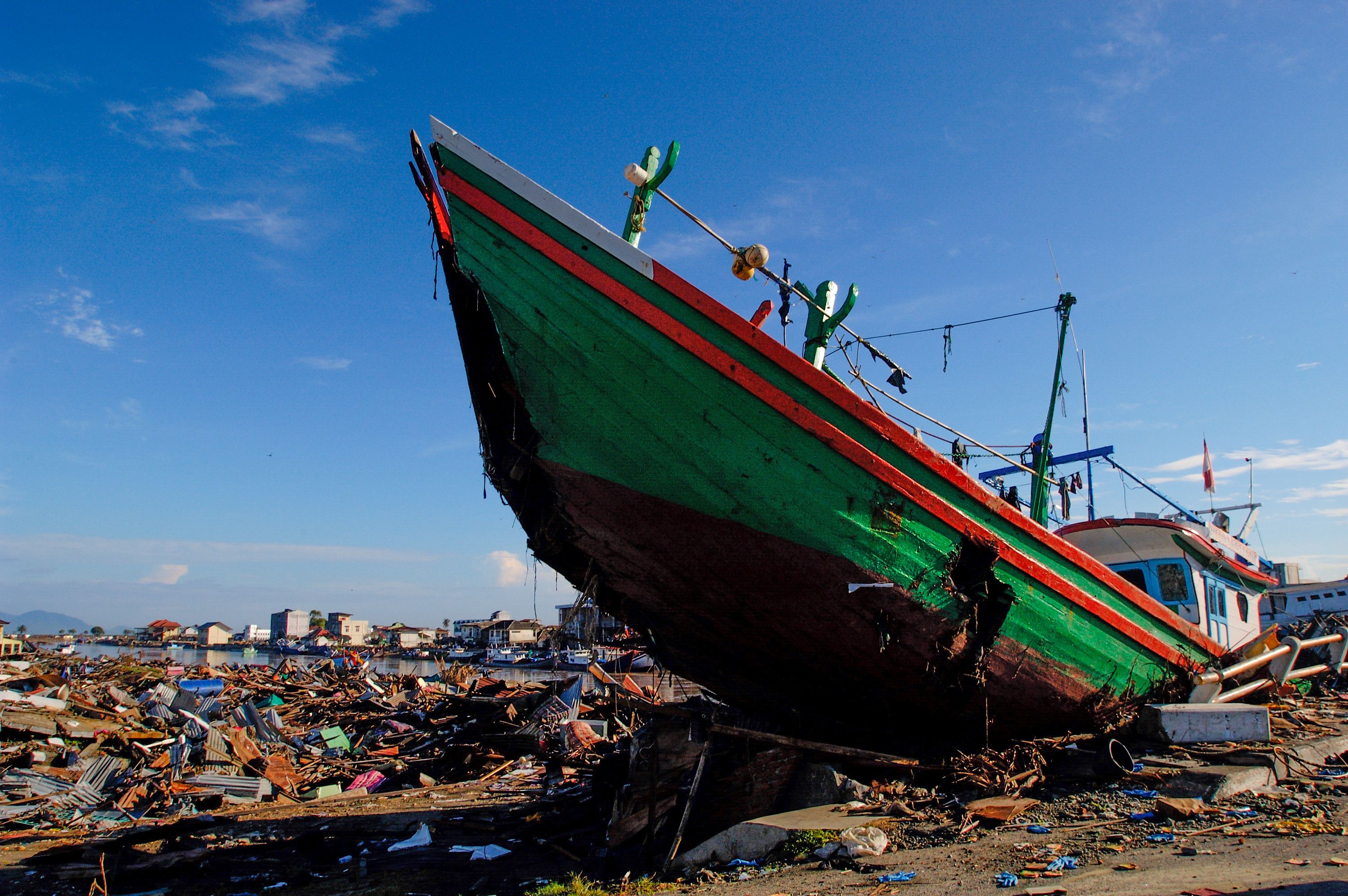
(© 2005 World Vision/photo by Jon Warren)
(© 2005 World Vision/photo by Jon Warren)
I n 2004, a massive undersea earthquake off the coast of northern Sumatra, Indonesia, triggered colossal tsunamis that inundated coastal areas across the region, catching communities off-guard and causing widespread destruction. At magnitude 9.1–9.3, the earthquake released the estimated energy equivalent of 23,000 Hiroshima-type atomic bombs. It was one of the most devastating natural disasters in recorded history, impacting multiple countries and claiming hundreds of thousands of lives.
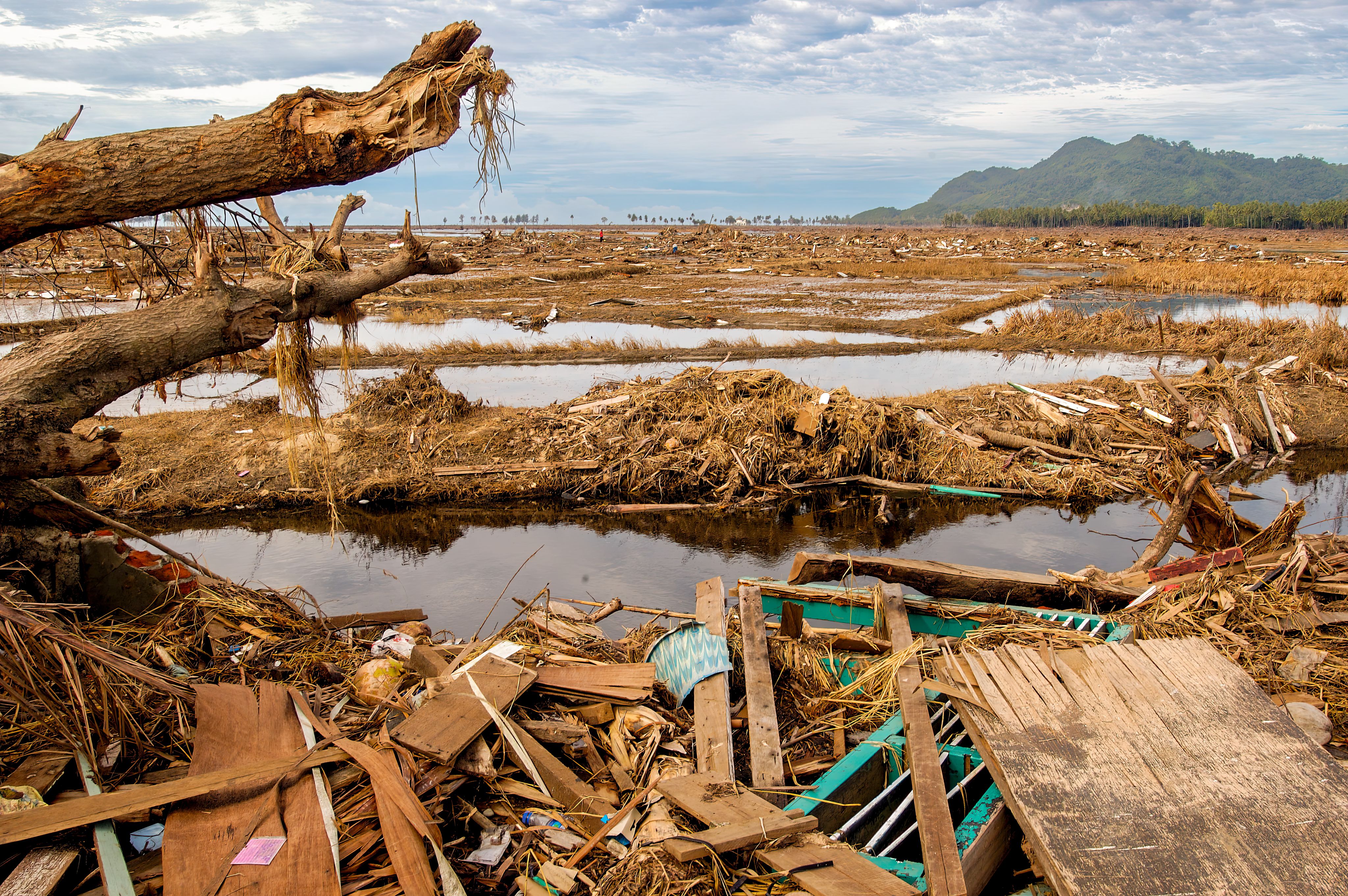
Without early warning systems in place, few people realised a tsunami would follow the massive earthquake — or how quickly the waves would approach.
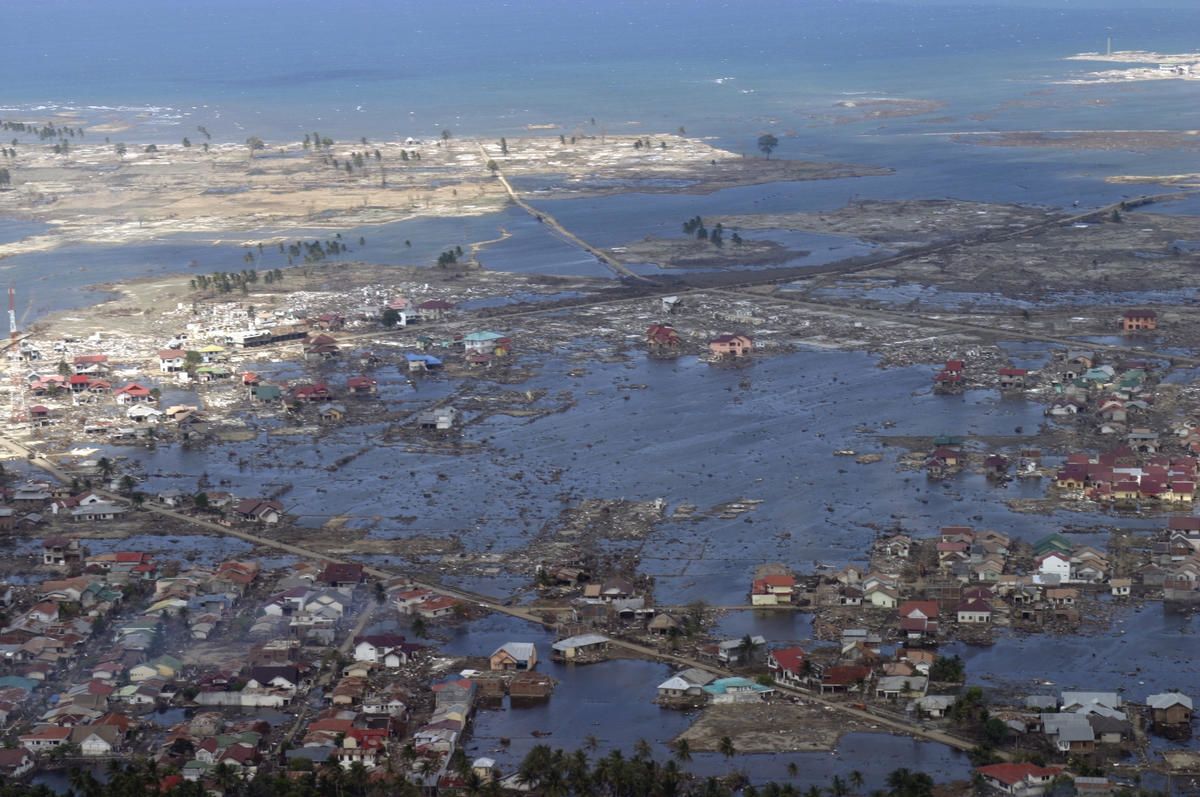
Waves reached Banda Aceh, Indonesia, within 15 to 20 minutes of the earthquake.
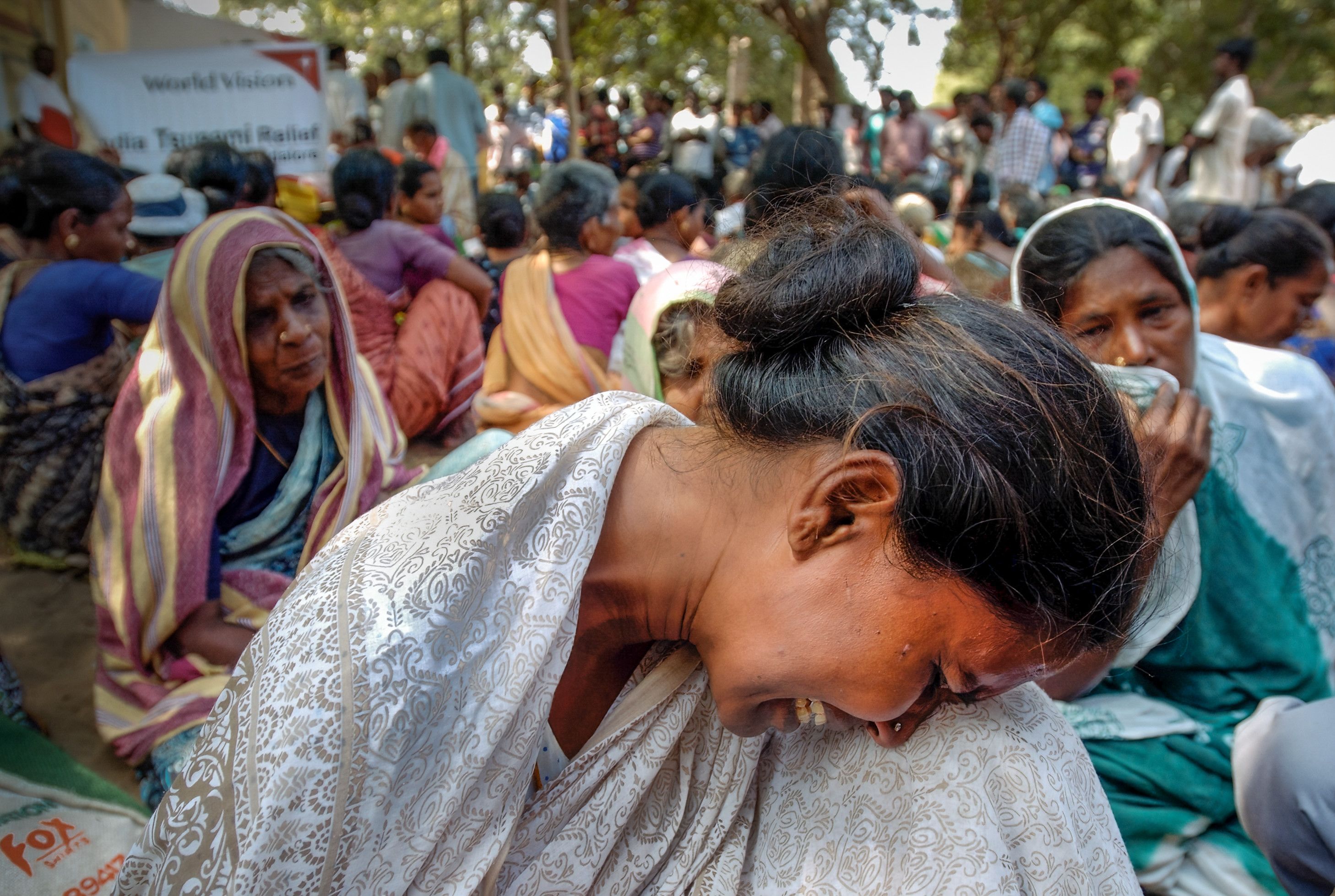
Across the region, approximately 230,000 people died. Countries affected included India, Indonesia, Malaysia, the Maldives, Myanmar, Somalia, Sri Lanka, Thailand, and others.
It was one of the deadliest disasters in modern history.
It also caused an estimated economic loss of $10 billion.
This disaster not only caused immense loss of life and infrastructure damage, but also revealed the lack of early warning systems and the need for greater coordination within the disaster response community to reach and support affected people.
The recognition of this need spurred a global movement toward disaster preparedness and international collaboration.
World Vision’s response
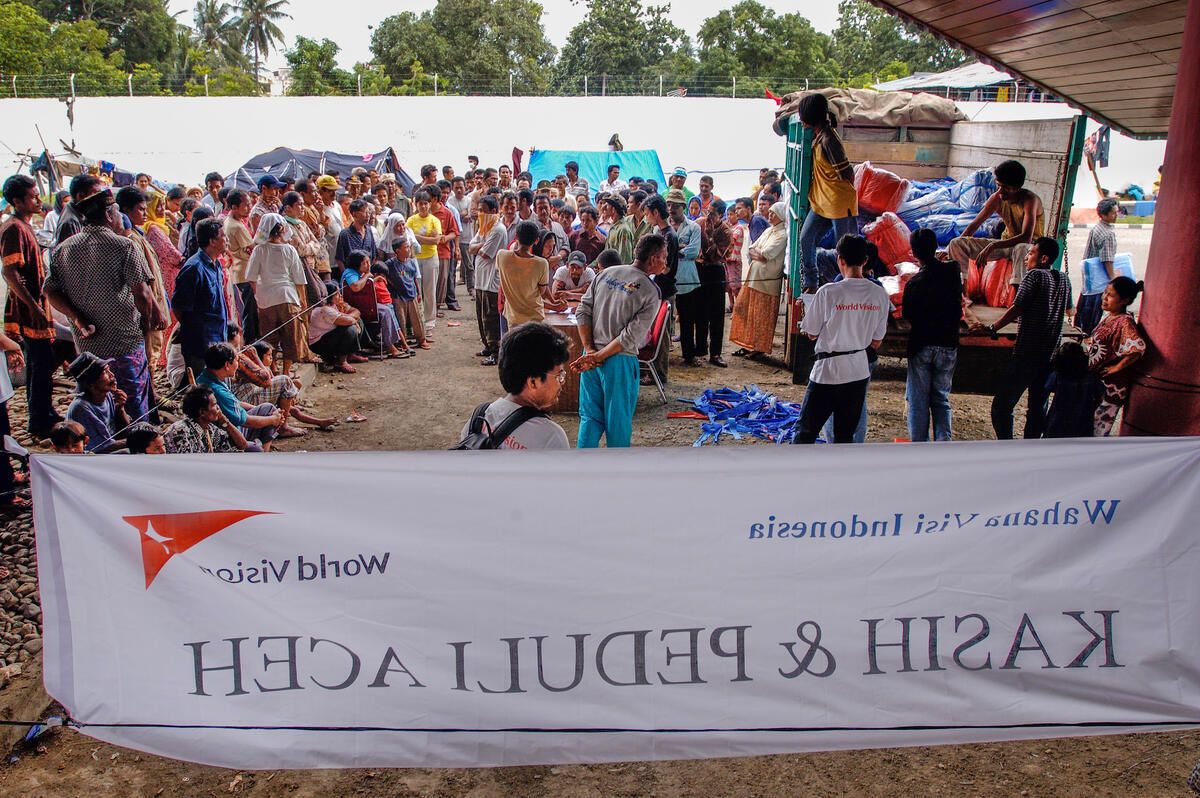
In the wake of the catastrophe, World Vision launched immediate relief efforts across five nations — India, Indonesia, Myanmar, Sri Lanka, and Thailand — with recovery work lasting until 2007. Today, our development programmes, largely funded by child sponsorship — in areas including clean water, food security, health, education, child protection, and income-generating activities — are empowering children and families throughout these tsunami-affected countries. Most or all work in India and Thailand is now funded by in-country donors.
(© 2004 World Vision/photo by Jon Warren)
(© 2004 World Vision/photo by Jon Warren)
In the years since recovery work was completed, we have focused on strengthening the resilience of affected communities, including through disaster preparedness programmes — prioritising early warning systems, community training, and reinforced infrastructure.
(© 2019 World Vision)
(© 2019 World Vision)
In collaboration with governments and other nongovernmental organisations, we’ve also promoted policies and practices to reduce or mitigate disaster risks worldwide. These joint efforts have led to increased capacity within communities to withstand disasters, as well as significantly strengthened global preparedness and prevention strategies within the disaster response industry.
(© 2014 World Vision/photo by Mark Nonkes)
(© 2014 World Vision/photo by Mark Nonkes)
World Vision’s impact
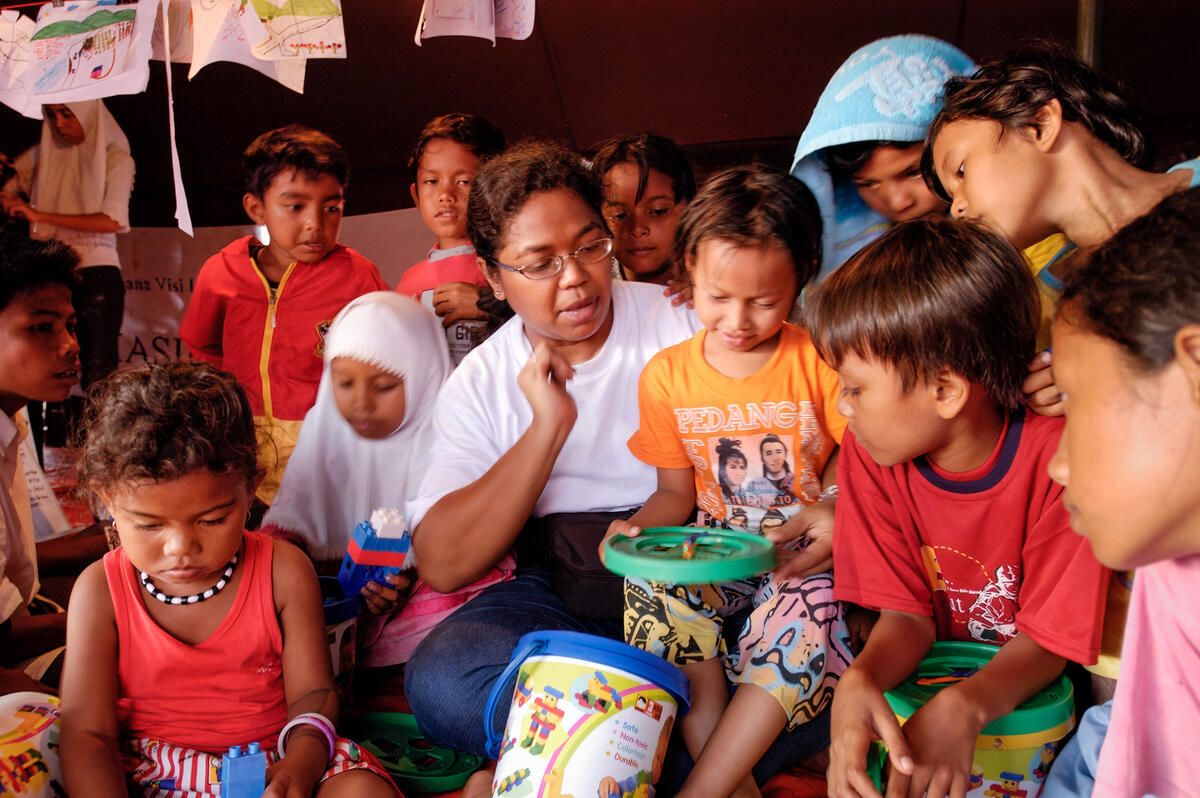
Overall, World Vision has supported over 1 million people through relief and recovery programmes in response to the Indian Ocean tsunami. Projects have included:
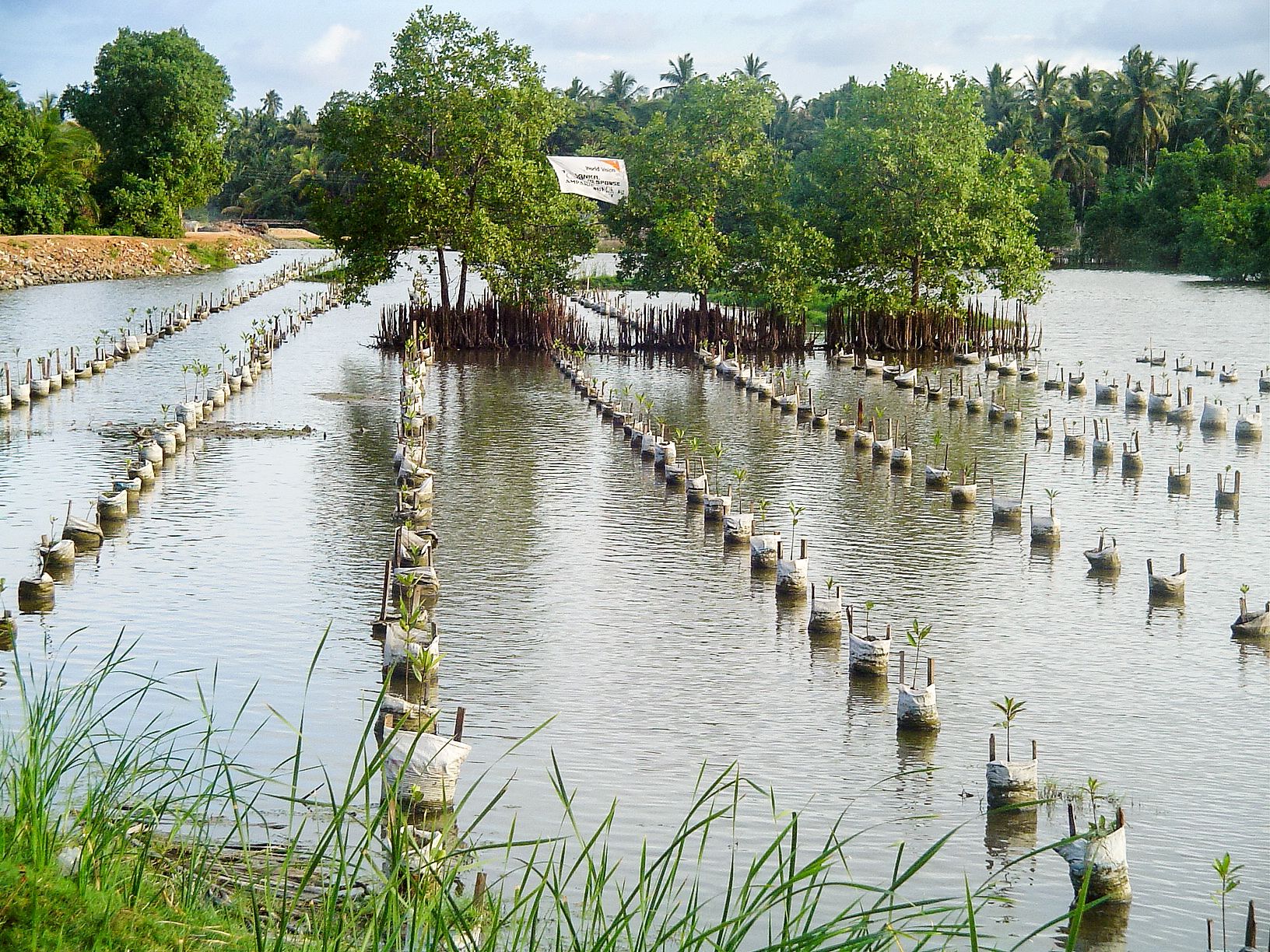
Sustainable restoration
56,000 mangroves planted
Fishing harbor restored
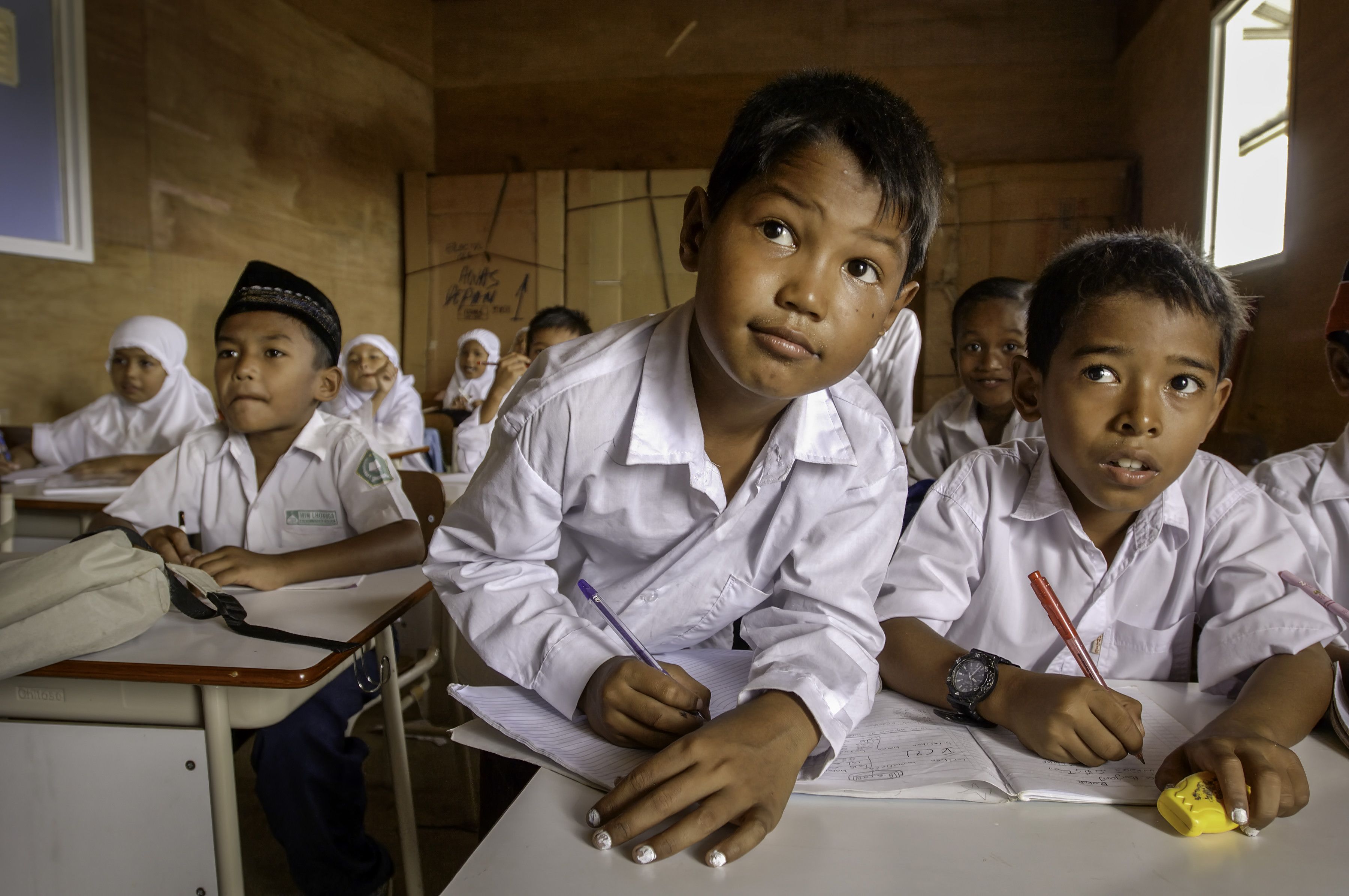
Child protection and education
Training for 27,000 people on safety and protection of children
Educational support for 2,000 teachers and 137,000 children
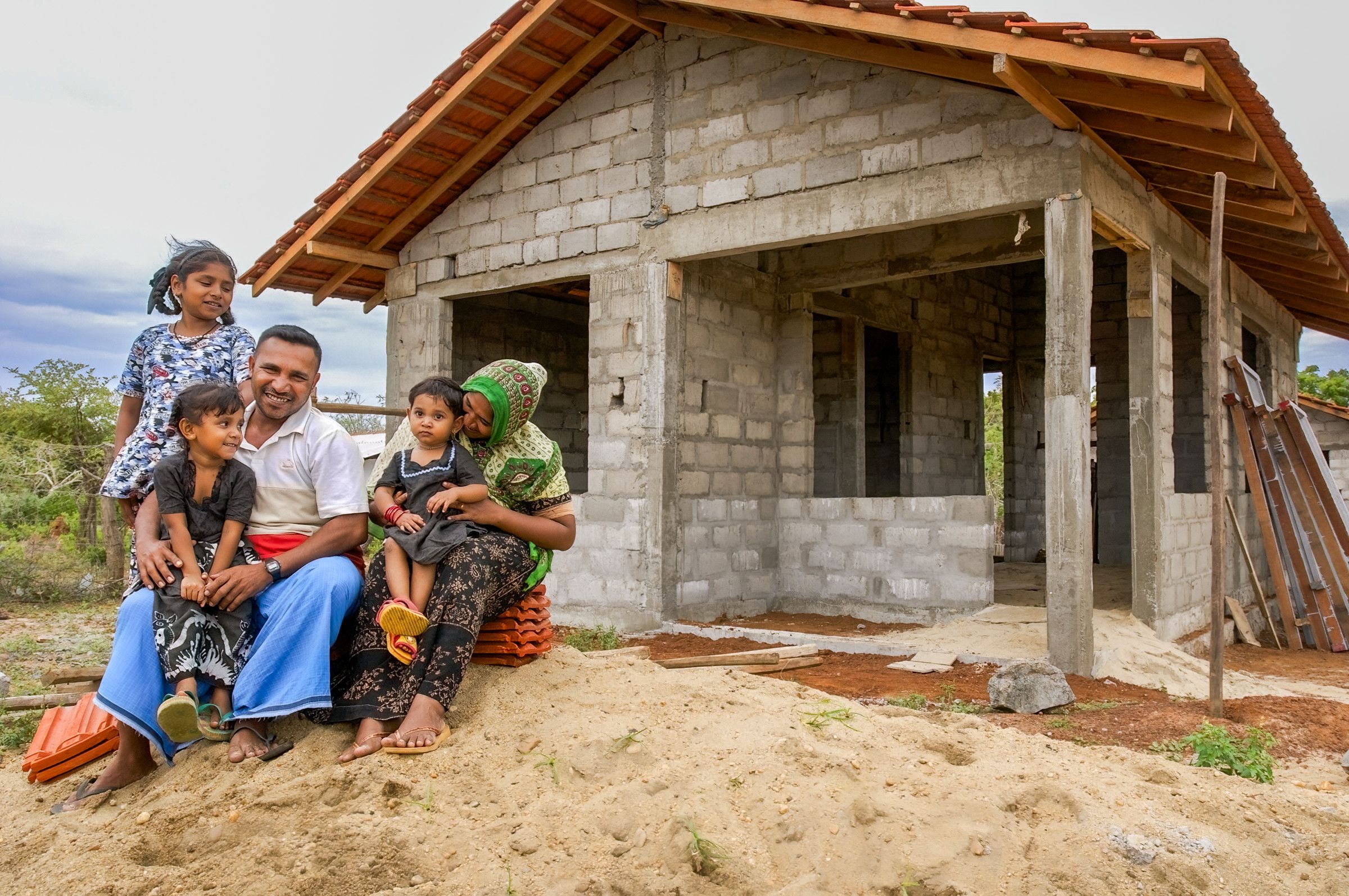
Infrastructure and community development
12,000 homes, 84 schools, and 60 playgrounds built
200 Child-Friendly Spaces established
27 health clinics set up
Story published on October 24, 2024
